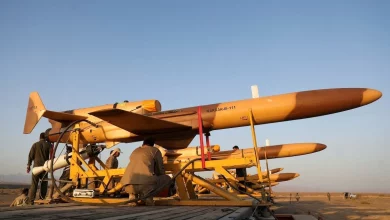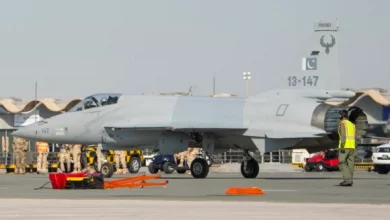Report: Kremlin ramps up forces near NATO front

Russia and Belarus are preparing for a large-scale joint military exercise, Zapad-2025, scheduled for this fall near the borders of NATO member Poland.
Military analysts warn the drills could be used as a pretext for troop buildup and potential escalation, drawing comparisons to similar maneuvers that preceded Russia’s 2022 invasion of Ukraine.
The Wall Street Journal reported on April 28 that in parallel to the planned exercises, Russian military engineers are expanding bases in Petrozavodsk, approximately 160 kilometers from the Finnish border.
According to the report, the Kremlin is laying the groundwork for a new army headquarters expected to command tens of thousands of troops over the coming years.
Western military officials and intelligence sources cited in the article say these forces may form the core of a Russian army positioned for confrontation with NATO.
In a statement to the Journal, officials said the build-up includes expanded recruitment efforts, weapons production, and extensive upgrades to rail lines in Russia’s northwestern regions. New barracks, training grounds, and modernized arsenals are planned around Petrozavodsk. Railway infrastructure is also being extended along the borders with Finland and Norway, and southward from St. Petersburg toward Estonia.
Russian defense observers view this activity as part of a broader strategy to prepare for a potential conflict with NATO. Ruslan Pukhov, director of the Center for Analysis of Strategies and Technologies, said returning Russian units from Ukraine will eventually be “looking across the border at a country they now regard as an adversary.”
In its February report, Denmark’s military intelligence agency warned that Russia could launch a major war in Europe within five years if it perceives NATO as vulnerable. Western officials add that a ceasefire in Ukraine could accelerate Moscow’s reconstitution of military strength.
Meanwhile, Russia’s Security Council deputy chairman Dmitry Medvedev issued new threats against recently joined NATO members, specifically naming Finland and Sweden.
“Now they are in a bloc hostile to us, which means they automatically became a target for our armed forces, including possible retaliatory strikes and even the nuclear component,” Medvedev said. He claimed that prior to joining NATO, these countries benefited from “certain international preferences,” which are now void.
“They simply entered the crosshairs of our armed forces,” Medvedev added. “Is life better for them now? No. These are political games.”
Military experts caution that Zapad-2025 could serve as cover for mass deployment, similar to 2021, when Russia positioned forces in Belarus before the February 2022 invasion. The exercises, though officially described as defensive, are widely viewed as a potential rehearsal for further confrontation in Eastern Europe.





